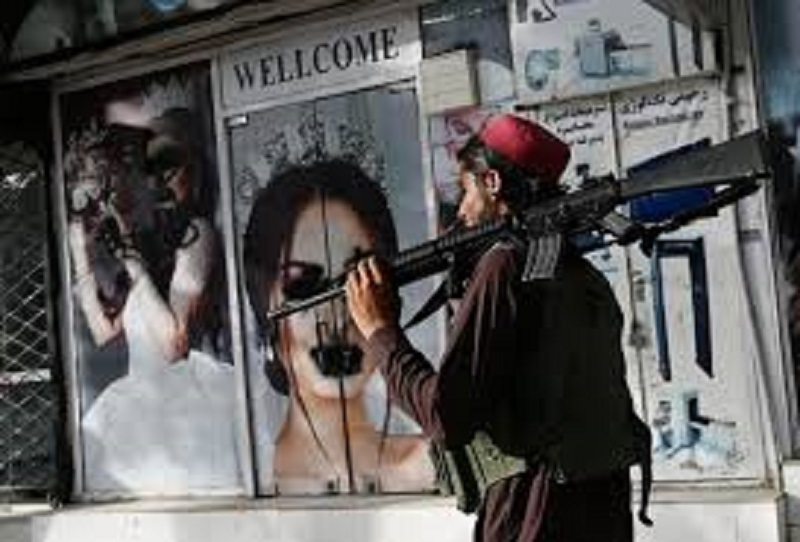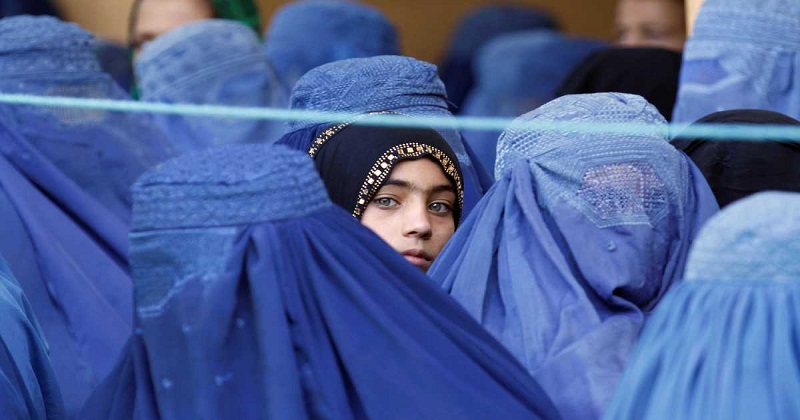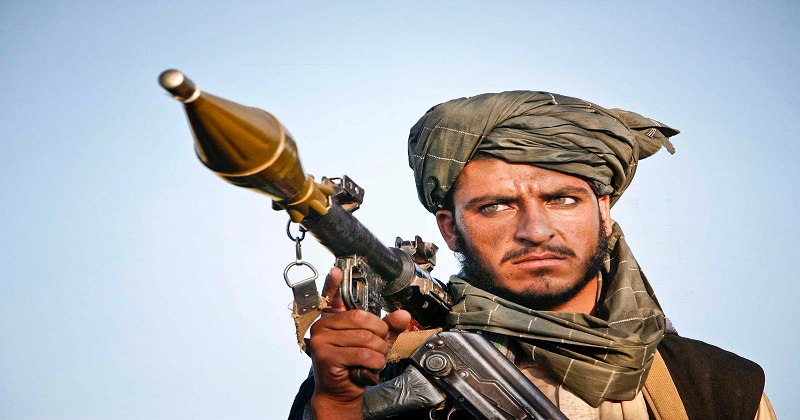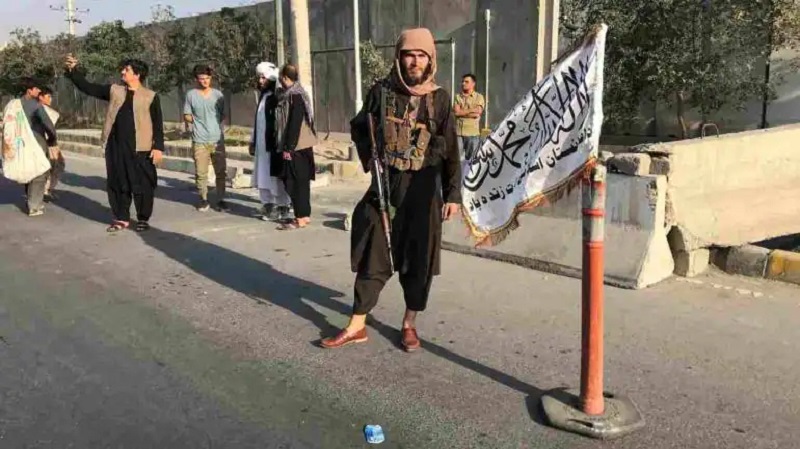
It is assumed that an interim government under Taliban leader Abdul Ghani Baradar would be in place in Afghanistan in a couple of days despite the open squabbles among the leaders to grab a place in the proposed cabinet. It is known that it would be an inclusive govt , concerns over people’s freedom and development of the country are growing among the public.
The women are the most worried and their fear of losing the freedom they have enjoyed so far in the society is not unfounded. The women who work in Armed Forces or judiciary also are apprehensive now that the Taliban would be at their doors anytime to take revenge.
After the Taliban takeover, the Afghan economy is in shambles. The Taliban had offers of huge financial assistance from outside to carry forward the development projects, meet the needs and aspirations of people and to sustain the advancements already achieved in various walks of life. But the offers were conditional. An Afghanistan under the new Taliban rule cannot sustain without foreign aid. If the promised funds don’t come, the government
coffers would dry up. The country has had little resources and had been fully depending on international aid, particularly from the US and allies, and remittances from rich Afghans in Europe and America.

Since 2001, unbroken international aid has reached the country so as to provide basic amenities and infrastructure in the areas of healthcare, education, transport, irrigation etc. With reduced export revenue, rising cost of imports, very poor tax collection and huge expenditure on salaries, the Afghan government was badly in need of funds.
The landlocked and war-weary country doesn’t have noticeable industrial production. Even agricultural production dwindled considerably due to the wars. Lots of agricultural fields turned into waste lands because of buried mines (IEDs) and war leftovers (defunct weapons and unexploded ammunition) which have claimed
many lives and severely wounded thousands. Further, the poppy cultivation which was actually promoted by the
Taliban to run their drug business across the border, its main source of income, adversely affected the traditional sunflower production. UN officials have reported that the Taliban had earned more than $400 million between 2018 and 2019 from the drug trade alone. The country’s main sources of economy, apart from foreign aid, are
services, retail trade, transport and communications. It exports products, mainly fruits and nuts, worth $1billion. But its import of goods is worth over $6 billion.

Though the US and allies are considered its arch rivals, the Taliban cannot reject their contributions, turning a blind eye to the ground realities in the country. As far as most of the Afghans are concerned, the 20-year period was a time of hope, women empowerment, improved healthcare, social as well as economic security and improvements in other focused areas.
The Afghan Life Index shows impressive performance during the period between 2001 and 2020 with life expectancy increasing to 66 years, fertility rate remaining at 4.6 live births per woman and infant mortality rate substantially coming down to 44.6 deaths per 1,000 live births. Significant changes in women’s status in society and their better living conditions can be seen as strong indications of progress during the period.

The nation’s growth is solely based on the funds provided by the US and its allies and India, which invested heavily in infrastructure development, and remittances. According to World Bank, foreign aid accounts for 42.9 percent of Afghanistan’s $19.8 billion GDP in 2020 and 75 percent of the government’s total spending in 2019. Last year, the country received remittances worth $789 million which is 4 percent of the GDP. According to IMF, Afghanistan’s GDP is to grow by 2.7 percent this year with per capita income rising to $586.2. In recent years, the US has contributed around $800 million a year in civilian aid. It has allocated a total of $143 billion for Afghanistan since the occupation in 2001, of which over 60 percent went to Afghan security forces and the rest for economic development projects, humanitarian programmes, anti-drug initiatives and other civilian areas.
It has been reported that foreign donors promised $12 billion in civilian aid in the next four years. The pledge was made when the peace talks were taking place in Doha last year on condition that the Taliban should respect human rights and ensure empowerment of women under their reign.

The Taliban’s takeover of Kabul has impacted serious concerns over the national economy and its future as the Western countries temporarily halted financial aid and froze bank accounts. Without foreign help, the Taliban know, inflation will skyrocket leading to recession and widespread poverty. As this is the case, displeasing the
West by denying freedom to Afghan women and hosting terrorist groups would prove fatal to the Taliban dreams. Normal life in the capital has been hit hard in the aftermath of the takeover owing to shortage of essential items and hike in prices of wheat, cooking oil and other staples, according the Kabul residents. Traders cited closure of many airports and borders that resulted in trickling import of goods as reason for the shortage of commodities and price rise. The residents say almost all banks around the city place strict limits on how much money people can withdraw and the government employees have not been paid salaries since the takeover.
The path the Taliban government takes now will be crucial for the socio-economic development of Afghanistan. Yet options remain open before the Taliban leadership.
BY: KS KS Rajagopal

Post Your Comments